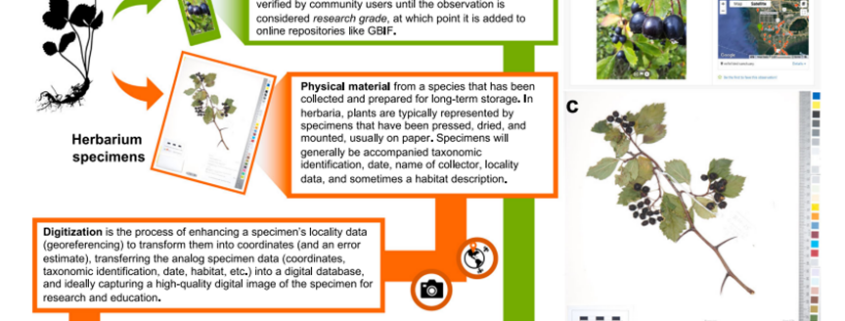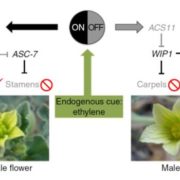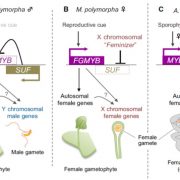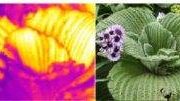Pressed for time: Why do herbarium collections still matter in a digital world?
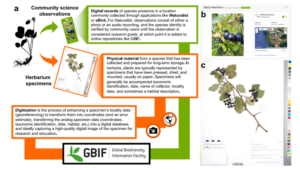 For centuries, herbarium collections have provided critical data about plant species and their abundance. However, with the development of digital apps such as iNaturalist that allow citizen scientists to enter data about where plants are found, questions arise about whether herbarium collections are still relevant. Eckert et al. studied how herbarium and iNaturalist data influence the understanding of vascular plant diversity in Canada. Without doubt, herbarium collections are still very important because they provide real evidence for identifying plants, they keep track of how the distribution of species has changed over time, and they help with conservation by keeping rare and endangered specimens secure. This study used phylogenetic and functional trait analyses from the TRY database (TRY is a sentiment, not an acromym) to evaluate the completeness of both herbarium and iNaturalist records. Significant functional and taxonomic voids were identified, particularly in herbarium data, which frequently lacked comprehensive species coverage. The use of iNaturalist data as a supplement to herbarium records provides a more diverse understanding of plant species distributions and features, which is critical for improving the quality and comprehensiveness of plant diversity assessments. The study emphasizes the potential benefits of digitizing the remaining 7.3 million herbarium specimens to overcome these gaps and increase the overall representation of plant variety. (Summary by Tuyelee Das @das_tuyelee) Nature Comms. 10.1038/s41467-024-51899-1
For centuries, herbarium collections have provided critical data about plant species and their abundance. However, with the development of digital apps such as iNaturalist that allow citizen scientists to enter data about where plants are found, questions arise about whether herbarium collections are still relevant. Eckert et al. studied how herbarium and iNaturalist data influence the understanding of vascular plant diversity in Canada. Without doubt, herbarium collections are still very important because they provide real evidence for identifying plants, they keep track of how the distribution of species has changed over time, and they help with conservation by keeping rare and endangered specimens secure. This study used phylogenetic and functional trait analyses from the TRY database (TRY is a sentiment, not an acromym) to evaluate the completeness of both herbarium and iNaturalist records. Significant functional and taxonomic voids were identified, particularly in herbarium data, which frequently lacked comprehensive species coverage. The use of iNaturalist data as a supplement to herbarium records provides a more diverse understanding of plant species distributions and features, which is critical for improving the quality and comprehensiveness of plant diversity assessments. The study emphasizes the potential benefits of digitizing the remaining 7.3 million herbarium specimens to overcome these gaps and increase the overall representation of plant variety. (Summary by Tuyelee Das @das_tuyelee) Nature Comms. 10.1038/s41467-024-51899-1


